Lilia "Triumphant": description, planting and care
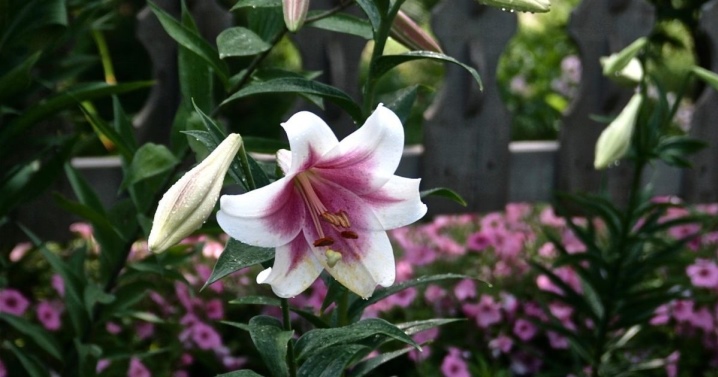
Lilies are beautiful and delicate flowers, their buds cannot be confused with other representatives of the plant world. This plant is characterized by color stability, rich aroma and abundant flowering. A striking representative of this family is the "Triumphant", which, due to its unpretentiousness, is grown by many gardeners.
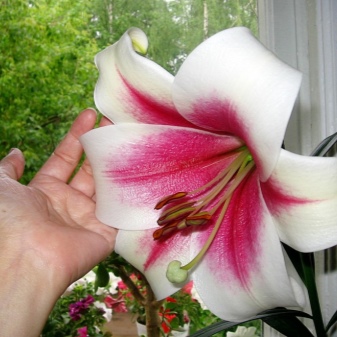
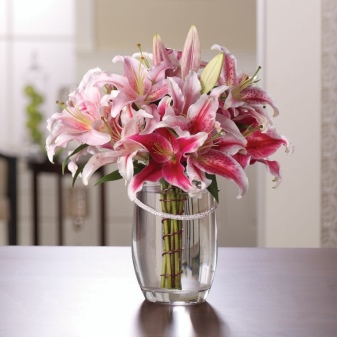
Peculiarities
Lilia "Triumphant" is a LO-hybrid, which was obtained by crossing longiflorum and other varieties. The description of the plant indicates that its distinguishing feature is the beauty of the elongated gramophone bud, which is directed to the side. The color of the flower is characteristic: white with a pink heart. In this case, the stamens at the bud are yellow. The diameter of the flower is 25 centimeters. This representative of the flora can grow up to 1.5 meters.
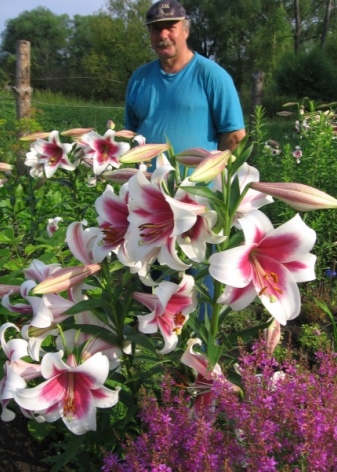
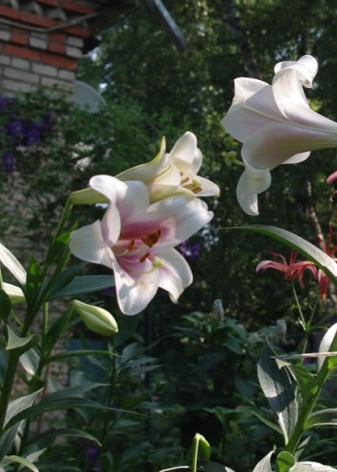
One stem is decorated with about 4 buds. The flowering period of the "Triumphant" is mid-summer, this phase lasts about a month. The variety is characterized by resistance to low temperatures. Lilies are usually used to create beautiful bouquets.
An unpretentious plant with a delicate aroma feels great in a flower bed next to hosta, hydrangea, rose.
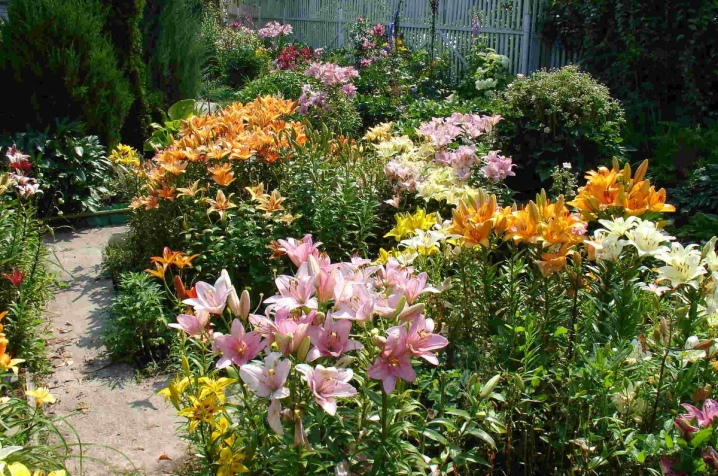
How to plant?
Planting a lily of this variety does not imply difficulties. The purchase of bulbs should be carried out immediately before the planting procedure itself. In this case, you can expect that fresh planting material will quickly take root. If you need to store the bulbs for some time, it is worth doing it in a cool place.
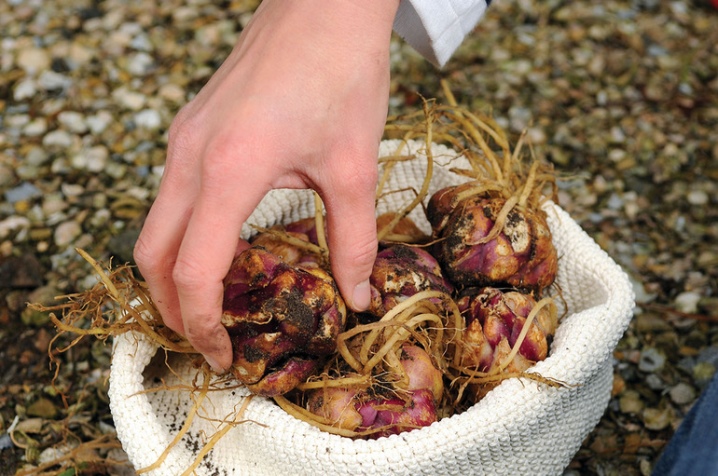
Good preservation will ensure their burial in moss, coarse sand or peat chips.
Before planting, the planting material must be well inspected, dead bulbs and dry roots must be eliminated. The optimal time for planting a crop in the soil is April - May or September - October. When choosing a place to place a flower, you should give preference to an open area or light shade. You should not plant the Triumphant near trees, as there is a lot of shade and dried soil. Also, the culture will not be able to take root in an area with closely passing groundwater.
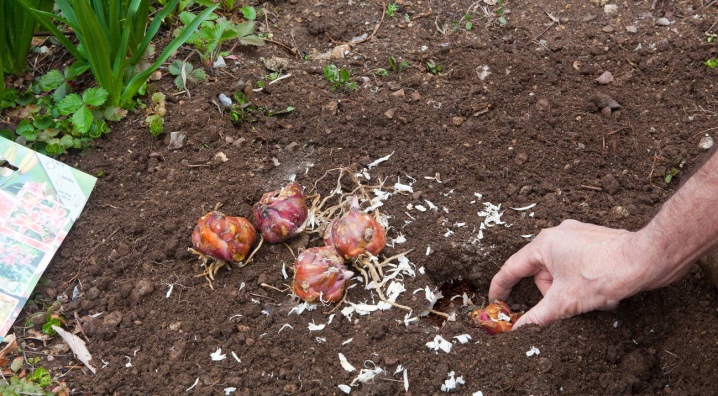
This representative of the flora should be protected from gusts of wind. The bulbs should be placed at a depth that is 3 times greater than them. Planting crops should be carried out in moist soil, which is fertilized in advance. At the end of planting, the trunk circle must be mulched with dry grass or peat.
For to protect the bulbs from parasites and diseases, it is recommended to water the substrate in which they will be planted with boiling water... This is a great option without the use of chemicals to prevent the development of ailments in the plant.
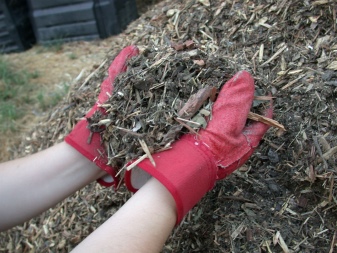
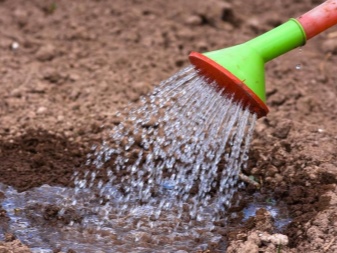
How to take care of it properly?
Caring for the Triumphant lily must be correct. The hybrid likes humidity, but in moderation. Watering the flower should be carried out strictly at the root, the liquid should not get on the vegetative parts of the plant. Excessive watering can cause root rot. It is recommended to irrigate the crop if necessary, often every 7 days.
Plant feeding is required only in the budding phase and at the end of flowering. At the end of the summer period, it is recommended to fertilize the flowers with potash compounds, which help to strengthen the lilies.

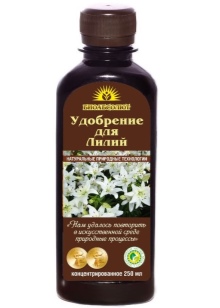
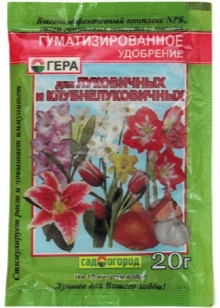
There is no need to feed the "Triumphator" when the bud opens, as increased nutrition can cause rapid flowering.
At the end of the flowering of lilies, it is required to cut the peduncles, while leaving 15 centimeters of their length. Triumphant is not recommended to be cut too short. Some growers shorten the crop to 10 centimeters or carry out this procedure very early, which can lead to a lack of nutrition for the bulb. Such a plant, most likely, will not be able to bloom next year.
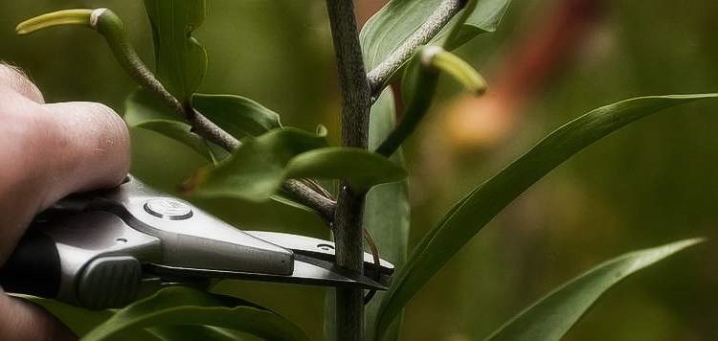
It is recommended to cover lilies of this variety for the winter period of the year, despite the fact that they are winter-hardy plants. In order to prevent the bulb from freezing in the soil, the beds must be showered with fallen leaves, covered with lutrasil on top. The material for the shelter must be carefully secured so that it is not blown away by the wind.


Do not forget that spring frosts can harm the bulbs that are in the soil. The protection from the beds can be removed only after the threat of a cold snap has completely disappeared.
When a winter is too harsh, it is better to dig up the bulb and store it in a cool place.
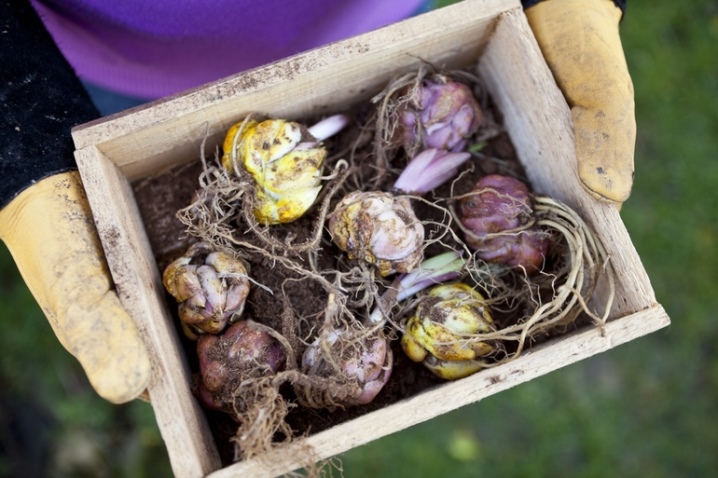
Reproduction methods
Lilies "Triumfator" can live on one site for about 4-5 years. An adult of this variety is usually characterized by a pair of nests of bulbs of different sizes and ages. Plants can be transplanted to a new location after the end of the flowering phase. The optimal period is September or October. Today, not only this method of culture propagation is known - there are other, no less effective methods.
- Foliage. During budding, leaves are plucked from the flowers, which are subsequently placed at an angle in a container with soil. In this case, the material is half-sprinkled with earth. After 40–45 days, the appearance of the bulbs can be observed.
- Using the stem. In the autumn or spring period after flowering, the stems must be separated from the bulbs and planted in a flower bed. If the planting material takes root, then bulbs will appear on it after about 45 days. To increase their number, the part of the stem that is in the ground needs to be cut longitudinally. In this case, the "Triumphant" blooms only by the second year of life.
- Scales. The bottoms of the bulbs, together with the scales, are planted in the soil. Irrigation of the soil is carried out exclusively when necessary. After about half a month, you can see the emergence of seedlings on the surface of the earth and bulbs under it.
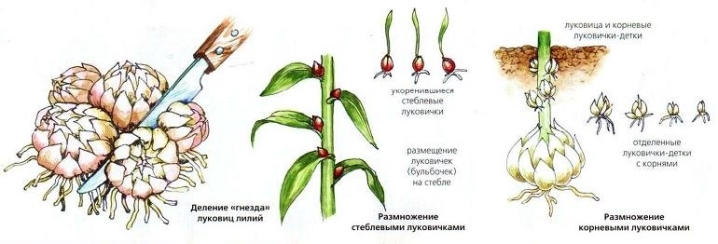
"Triumphant" is a gentle and capricious representative of the flora in terms of reproduction, so the technology must be correct. Reproducing this type of plant, it is worth waiting for the result with patience, without violating the necessary conditions. A negligent attitude to the procedure can lead to a lack of a positive result and decay of the planting material.
For more information about the breeding of the "Triumphant" lily, see the video.
Diseases and pests
Bright lilies attract a large number of pests, they can also be infected with various infections and diseases. Often the cause of ailments can be poor quality care or the wrong planting site.
- Gray rot - This is a disease of a fungal nature, which is a consequence of waterlogging or damp, rainy weather that has been observed for a long time. The development of this ailment is also facilitated by a sharp temperature drop. The main sign of gray mold is the appearance of brown and gray spots on flowers and foliage. The disease not only reduces the decorative effect of the lily to zero, but also leads to rotting of the roots. In order to protect the culture from this disease, it is worthwhile to water it moderately, without waterlogging. In rainy weather, it is worthwhile to mount a polyethylene shelter over the plants. To get rid of gray rot, you can use a preparation based on copper, for example, "Hom", "Oksikhom".
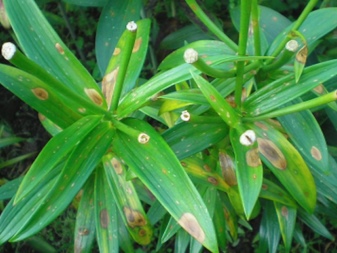
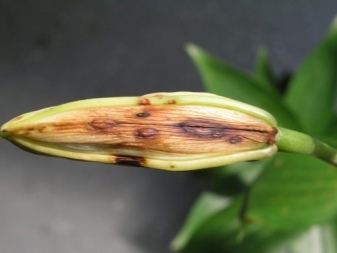
- Rust refers to fungal pathologies.First of all, the disease affects the bulb, after which it attacks the entire vegetative part of the plant. You can recognize it by the appearance of brownish-brown spots on the leaves and buds. To prevent this ailment in autumn, it is worth carefully cleaning the beds from plant residues where fungal spores are hidden. If rust is found on the lilies, it is necessary to spray them with Bordeaux liquid or another fungicide with an antifungal effect.
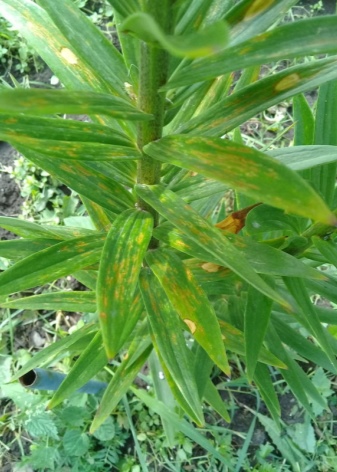

- Bacterial rot. The transmission of this fungal disease occurs through the bulbs. Another cause of contamination can be excess moisture in the soil or excessive nitrogen. Pathology is manifested by the appearance of dark spots on the leaves, which subsequently wither, fall off, like the buds of the plant. For prophylactic purposes, the planting material must be disinfected in potassium permanganate before immersion in the ground. The beds are also treated with this drug. If bacterial rot has already attacked the lily, it is necessary to spray the culture with an anti-fungal fungicide three times.


- Virus. In addition to fungal ailments, "Triumfator" can suffer from viral diseases. They often spread through infected plants or parasites. The fact that the flower is sick with a viral disease may be evidenced by the loss of decorative qualities, blurred color and twisted foliage. Unfortunately, the viral disease does not respond to treatment. The affected areas of the plant are cut off or the lily is completely removed from the territory. A preventive measure in this situation can be the elimination of weeds and parasites.

- Aphid. This dangerous insect attacks the upper parts of the young Triumphant. As a result, the flower loses its attractiveness, develops poorly and dies. Treatment with "Aktellik", "Karbofos" can destroy the pest.
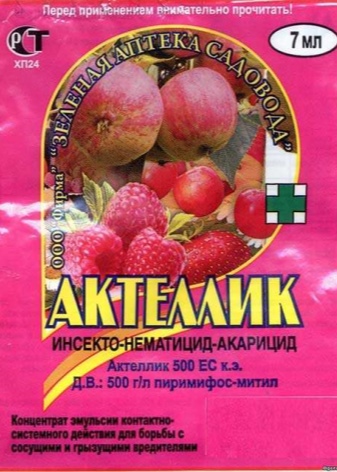

Review overview
Reviews of gardeners who have the "Triumphator" lily growing on their site indicate that this is a beautiful and fragrant flower that can decorate any territory and flower bed with its presence. The delicate aroma of buds deserves special attention, which everyone likes. The owners of this culture claim that it is the least whimsical among the other varieties of lilies.
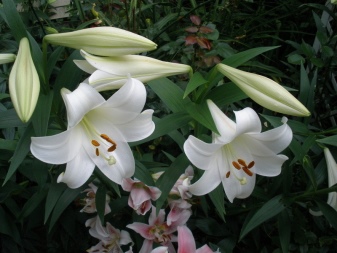
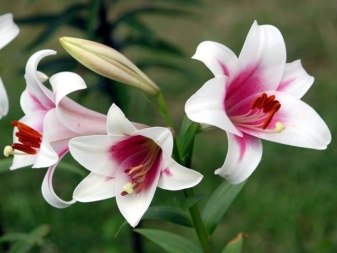
Avid summer residents share their recommendations for growing the "Triumfator":
- the planting site must be chosen correctly: the plant prefers a sunny and warm area;
- do not plant a crop near passing groundwater;
- you can not feed the flower with manure;
- during the blooming of the buds, the plant must be well watered;
- for good germination the following year, after the flowering phase, the leaves should be trimmed.
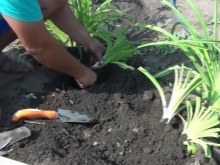
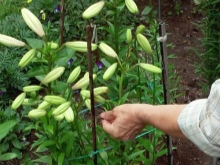
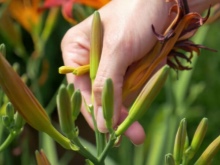
Lilia "Triumphant" has long been considered a symbol of beauty and love. It is believed that this plant is capable of absorbing negativity, restoring peace and tranquility in the house. The culture is very popular among flower growers, as even the most inexperienced gardener can grow it.

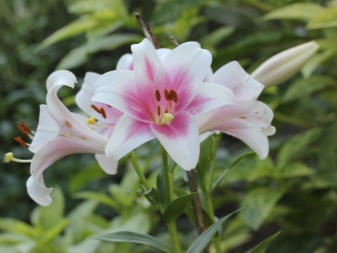







































































































The comment was sent successfully.